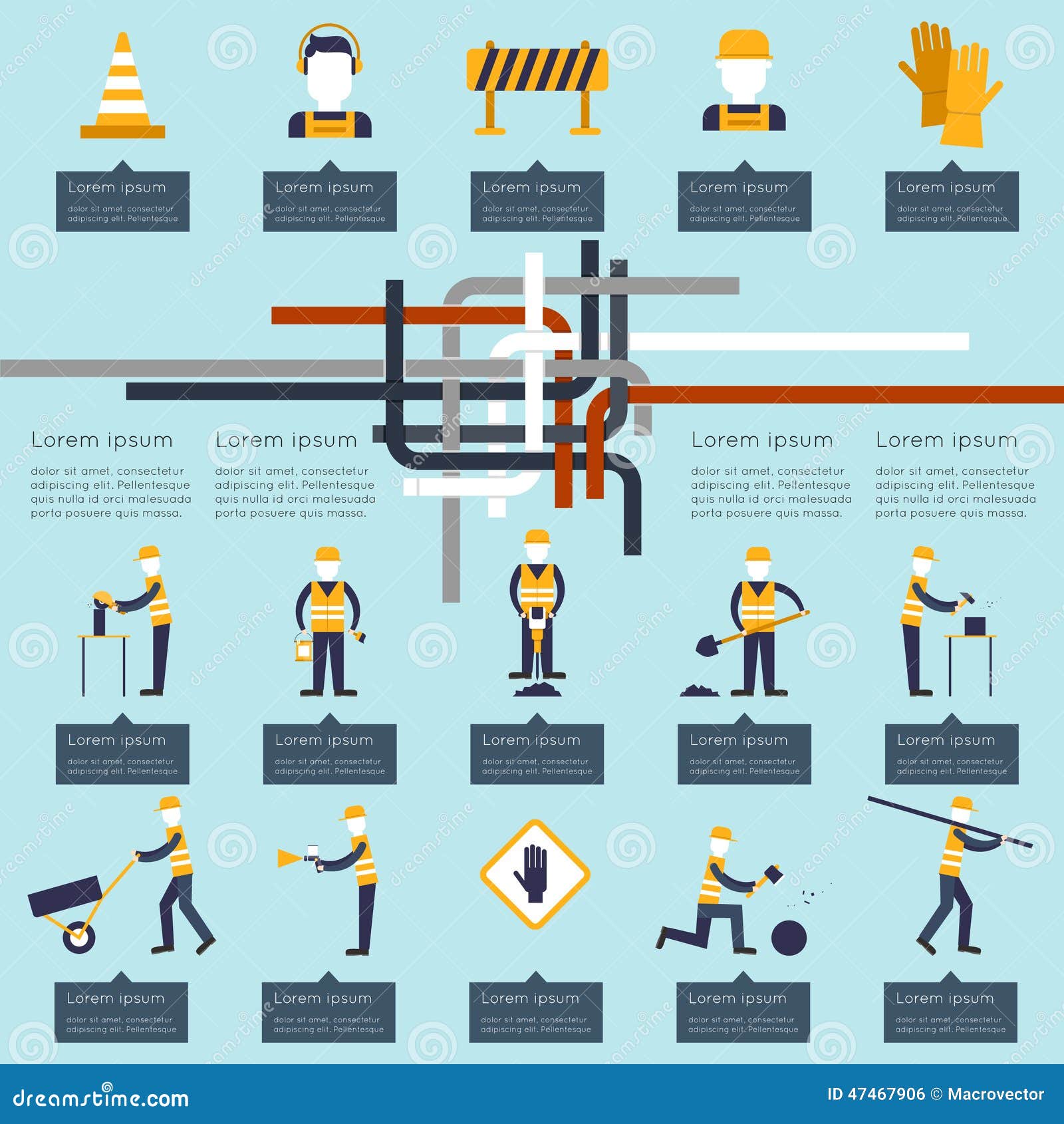Check Out The Impact Of Seasonal Elements On The Effectiveness Of Business Exterior Painting And Determine The Optimal Times To Achieve Long-Lasting Outcomes For Your Task
Check Out The Impact Of Seasonal Elements On The Effectiveness Of Business Exterior Painting And Determine The Optimal Times To Achieve Long-Lasting Outcomes For Your Task
Blog Article
Short Article Composed By-Leach Rodriquez
When you're preparing a commercial outside painting project, seasonal elements can make or break your outcomes. You'll wish to consider how temperature and humidity effect paint application and drying out times. Choosing the right period can ensure your paint adheres effectively and lasts much longer. However which periods are absolutely the most effective for this sort of work? Allow's discover the crucial elements that can influence your project's success.
The Effect of Temperature Level on Paint Application
When you're planning a commercial outside paint project, the temperature can substantially impact how well the paint adheres and dries.
Preferably, you wish to repaint when temperature levels vary between 50 ° F and 85 ° F. If it's as well chilly, the paint may not treat correctly, causing problems like peeling or splitting.
On the other hand, if it's too warm, the paint can dry out too promptly, avoiding correct adhesion and causing an unequal finish.
You should likewise think about the moment of day; morning or late afternoon uses cooler temperatures, which can be much more positive.
Constantly check the supplier's recommendations for the particular paint you're utilizing, as they often offer support on the suitable temperature array for optimal results.
Humidity and Its Effect on Drying Times
Temperature level isn't the only ecological aspect that affects your industrial outside paint task; humidity plays a substantial function also. High humidity degrees can decrease drying times substantially, impacting the general quality of your paint task.
When the air is filled with dampness, the paint takes longer to cure, which can result in problems like poor adhesion and a greater danger of mold growth. If you're repainting on a particularly damp day, be prepared for extended delay times between layers.
church painting company to monitor local weather and strategy appropriately. Ideally, aim for humidity degrees in between 40% and 70% for optimal drying.
Maintaining these factors in mind ensures your task stays on track and delivers a lasting coating.
Best Seasons for Commercial Exterior Paint Projects
What's the most effective season for your commercial external painting jobs?
Spring and early fall are usually your best bets. During these seasons, temperatures are mild, and moisture levels are often lower, developing suitable conditions for paint application and drying.
Avoid https://www.washingtonpost.com/home/2023/03/22/diy-paint-projects/ , which can cause paint to dry also quickly, resulting in poor attachment and coating. In a similar way, winter's cool temperatures can prevent correct drying out and curing, risking the longevity of your paint job.
Aim for days with temperatures in between 50 ° F and 85 ° F for optimum outcomes. Bear in mind to examine the regional weather report for rain, as damp problems can destroy your job.
Planning around these aspects ensures your paint project runs smoothly and lasts longer.
Final thought
To conclude, planning your business exterior painting jobs around seasonal factors to consider can make a considerable difference in the outcome. By organizing work throughout the ideal temperature levels and humidity levels, you'll guarantee better attachment and drying out times. Remember to watch on great post to read and pick the correct time of year-- springtime and very early autumn are your best options. Taking these steps will certainly help you attain a resilient and expert coating that lasts.
